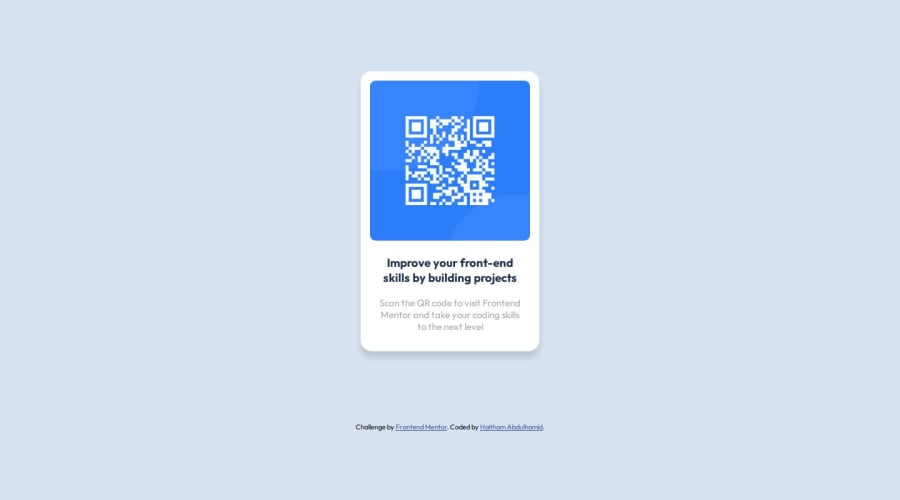
Submitted about 1 year ago
Desktop-First Responsive QR Code Component(Vanilla CSS and HTML)
@Leo-yagami
Design comparison
SolutionDesign
Solution retrospective
What are you most proud of, and what would you do differently next time?
I wrote the solution with barely any external help (Google, etc.), and the knowledge I learned(from a course) was somewhat retained in my head. I would definitely try using reusable classes instead of just writing all the styling in one class.
What challenges did you encounter, and how did you overcome them?Implementing media queries. I revised what I wrote in a previous project, and it immediately clicked.
What specific areas of your project would you like help with?Definitely in code organization, mainly determining a spacing system and also width and height optimizations.
Community feedback
Please log in to post a comment
Log in with GitHubJoin our Discord community
Join thousands of Frontend Mentor community members taking the challenges, sharing resources, helping each other, and chatting about all things front-end!
Join our Discord
